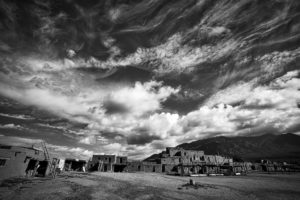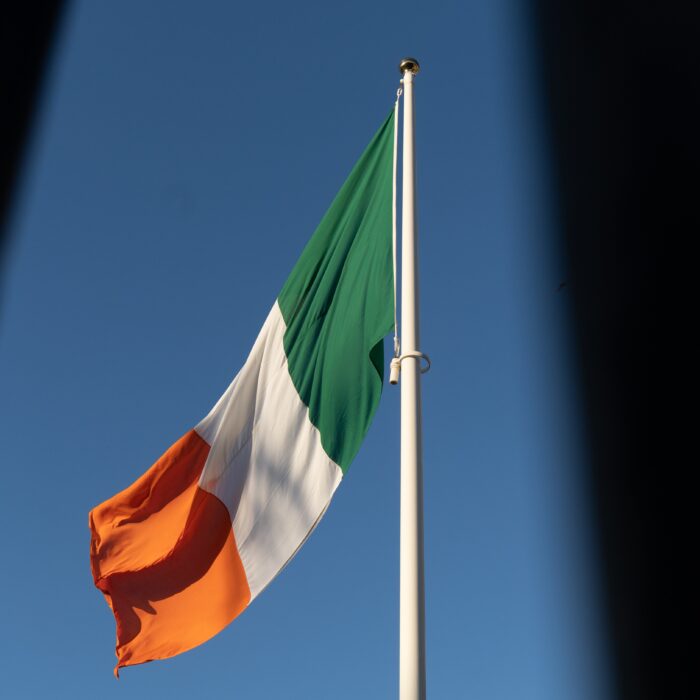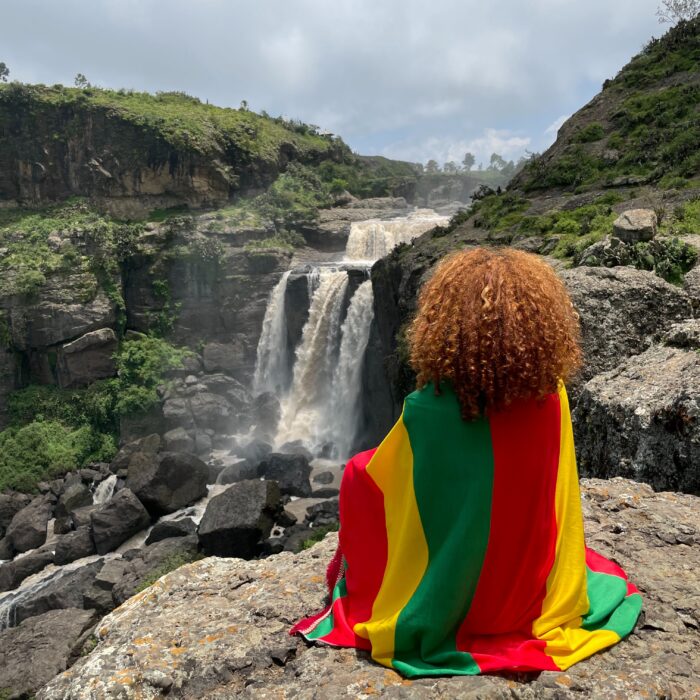You have no items in your cart. Want to get some nice things?
Go shopping
 When a writing residency brought me to Taos, New Mexico, I got here with a somewhat hazy mental picture of the place. It was not as if gathering details about Taos before I hopped on a flight from Delhi was a challenge. Guide books, the all-knowing Internet, dozens of newspaper and magazine articles – who can complain about a lack of sources in the information age? There are no Shangri-Las left for us travellers to discover. Every place on earth has been mapped, photographed (possibly photoshopped), and with a click of a button, we can command them to spill their secrets before us. Even so, I was in no danger of suffering from information overload. Since I had a hectic work schedule and deadlines breathing down my neck practically till I got to the airport to catch my flight, I landed at Taos relatively unprepared. I only had a few basic facts at hand.
When a writing residency brought me to Taos, New Mexico, I got here with a somewhat hazy mental picture of the place. It was not as if gathering details about Taos before I hopped on a flight from Delhi was a challenge. Guide books, the all-knowing Internet, dozens of newspaper and magazine articles – who can complain about a lack of sources in the information age? There are no Shangri-Las left for us travellers to discover. Every place on earth has been mapped, photographed (possibly photoshopped), and with a click of a button, we can command them to spill their secrets before us. Even so, I was in no danger of suffering from information overload. Since I had a hectic work schedule and deadlines breathing down my neck practically till I got to the airport to catch my flight, I landed at Taos relatively unprepared. I only had a few basic facts at hand.
For instance, I knew that New Mexico has a population of about two million and Taos, a small town north of Santa Fe, the state capital, is home to less than 10,000 people. What a contrast! Delhi – the second most populous city on the planet, home to about 18 million, and Taos with its four-figure population count… Worlds apart.
Taos has a rich and tumultuous history. Native Americans, the original inhabitants of the land, as well as Hispanic and Anglo settlers have all made their distinct contributions to the landscape. New Mexico proudly calls itself a tri-cultural state where people from all three cultures try their best to understand and respect differences. Even if there are occasional moments of discord, people here should be given credit for making an effort to live in harmony.
For a small town, Taos boasts of a staggering number of art galleries. The plaza at the heart of the town is lined with galleries showcasing the works of artists from the American south-west as well as international artists. It’s hard not to bump into an artist or a poet or a novelist when you walk down the streets of Taos. There are many sources to inspire the creative spirit here – the stark desert landscape, the ancient pueblo dwellings that the Indians continue to inhabit, the towering Sangre de Cristo mountains; the dramatic contours of desert and mountain and snow-laden ski slopes, the light that filters in through the branches of the tall piñons to magically transform the landscape, the brilliant technicolor sunsets, the moon rising over the vast expanse of the Taos mesa like a perfectly rounded sculpture. Taos can make a painter or a poet out of anyone. It is not easy to resist the spell it weaves.
The list of artists and writers who have drawn inspiration from Taos is a long one. British writer DH Lawrence first visited the town in 1922 at the invitation of Mabel Dodge Luhan, east coast socialite and art patron who had married a pueblo Indian and made Taos her home. Lawrence bowled over by New Mexico, wrote that it was here that “a new part of the soul woke up suddenly and the old world gave way to the new.” Lawrence and his wife Frieda lived in Taos for about two years. The DH Lawrence ranch is now a popular tourist attraction and writers from around the world visit it to draw inspiration. Lawrence’s spirit also haunts Hotel La Fonda (the oldest hotel in Taos) where his “forbidden art collection” is on display. These paintings were banned in London when they were first exhibited there in 1929. Scotland Yard found them obscene and threatened to destroy them. A worried Lawrence decided to cart them off to Taos to save them from the clutches of Victorian prudery. London’s loss, Taos’s gain!
Writers Willa Cather, Mary Austin, Frank Waters, Aldous Huxley; trailblazing modernist painter Georgia O’Keeffe; photographers, painters and sculptors Ansel Adams, Nocolai Fechin, Agnes Martin, Ernest Knee, Paul Strand…Taos has hosted and inspired many a luminary over the years.
Mercifully the tradition continues and the creative spirit is alive and well here today. Though neighbouring Santa Fe has a bigger and more commercially viable art market, Taos still attracts a large number of artists who gather here to write and paint and compose and to marvel at nature’s magnificence. In a manic and increasingly chaotic world, it is not every day that you find a wellspring of creativity so bountiful and welcoming. Once you have found it, you go ahead and count your blessings, surrender to the magic, and listen to the muses sing.

About Vineetha Mokkil
Vineetha Mokkil is the author of the short story collection, "A Happy Place and Other Stories" (HarperCollins). She received an honorary mention in the Anton Chekhov Prize for Short Fiction 2020 and was shortlisted for the Bath Flash Award in 2018. Her fiction has appeared in Gravel, the Santa Fe Writers' Project Journal, Cosmonauts Avenue, Quarterly Literary Review Singapore, and "The Best Asian Short Stories 2018" (Kitaab, Singapore).




